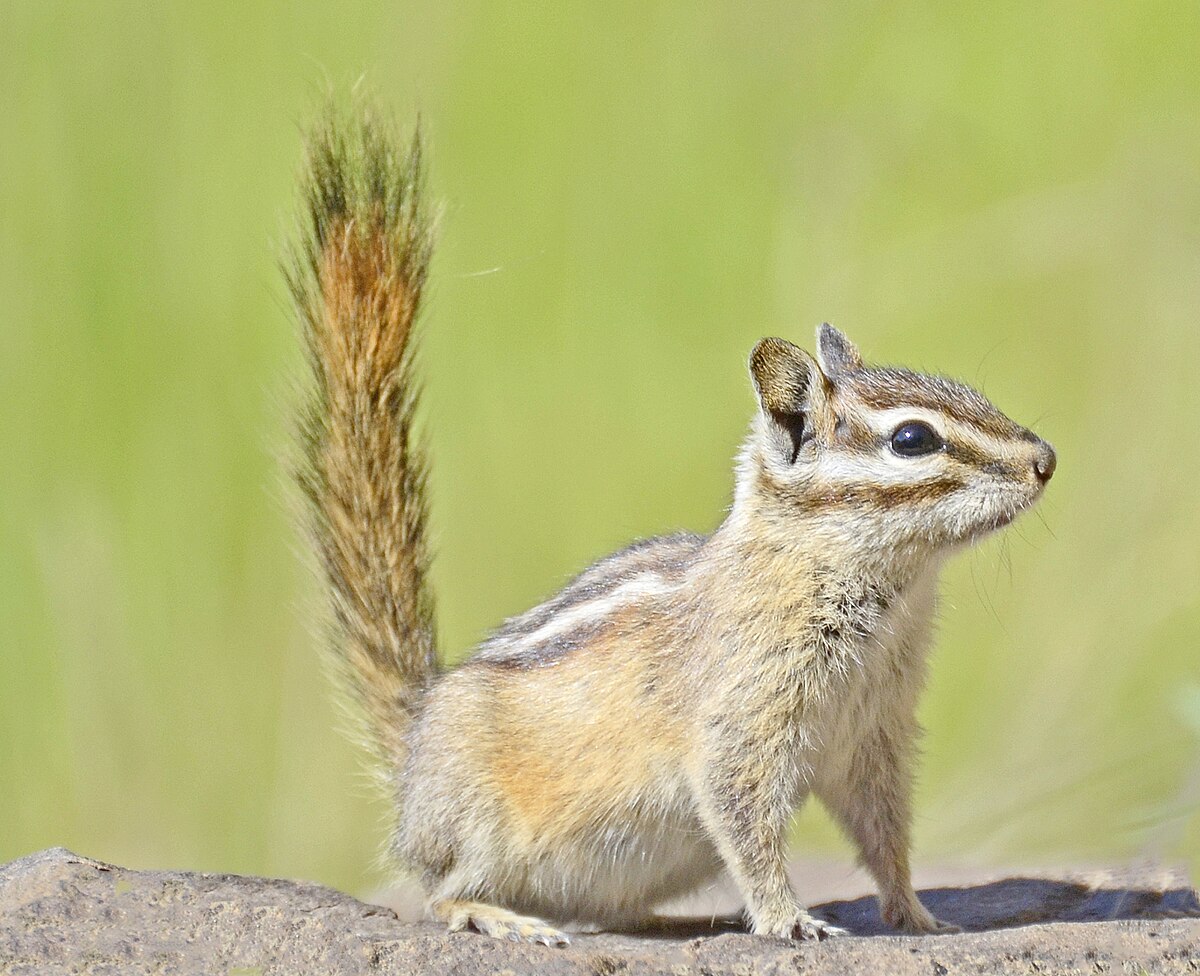
Yellow pine chipmunks, also known as Tamias amoenus, are fascinating creatures that bring joy and excitement to nature enthusiasts. These adorable little rodents are native to the western United States and can be found in various habitats such as forests, woodlands, and mountain regions. While they may appear similar to other chipmunk species, yellow pine chipmunks have their unique traits and behaviors that set them apart.In this article, we will uncover 11 interesting facts about yellow pine chipmunks that will surely pique your curiosity. From their distinctive appearance to their remarkable adaptations, these facts will give you a deeper understanding of these charismatic critters. So, let’s dive into the world of yellow pine chipmunks and discover the wonders that lie within!
Key Takeaways:
- Yellow Pine Chipmunks are small rodents with vivid yellow fur and are excellent climbers. They play a vital role in seed dispersal and have a wide range across western North America.
- These chipmunks are adaptable and not considered threatened. They communicate through vocalizations and are known for their active nature and agility. They are important members of their coniferous forest habitats.
Habitat
The Yellow Pine Chipmunk, also known as Tamias amoenus, is a small rodent native to the western regions of North America. These chipmunks prefer to make their homes in coniferous forests, mainly found in mountainous areas.
Appearance
With their vivid yellow fur accented by darker stripes running down their backs, Yellow Pine Chipmunks stand out in their natural surroundings. They have a relatively small size, reaching an average length of 7 to 9 inches, including their furry tails.
Diet
These chipmunks have an omnivorous diet, consisting of various plant matter such as seeds, berries, nuts, and fungi. They are also known to eat insects and small invertebrates.
Behavior
Yellow Pine Chipmunks are known for their active nature and agility. They are excellent climbers and spend a significant amount of time on trees and shrubs. They are also known to gather and store food in underground burrows for the winter months.
Reproduction
During spring and early summer, Yellow Pine Chipmunks mate, leading to the birth of litters ranging from 2 to 8 young chipmunks. The babies are born blind and hairless, but they quickly develop and become independent after a few months.
Vocalizations
Yellow Pine Chipmunks communicate through a range of vocalizations, including chirps, chirrups, and trills. These vocalizations help them establish territories, communicate warnings, and attract mates.
Predators
Due to their small size, Yellow Pine Chipmunks have a number of predators, including birds of prey, foxes, weasels, snakes, and domestic cats. Their excellent agility and camouflage help them evade predators.
Lifespan
On average, Yellow Pine Chipmunks live for about 3 to 5 years in the wild. However, some individuals have been known to live up to 8 years under favorable conditions.
Ecological Role
Yellow Pine Chipmunks play a vital ecological role as seed dispersers. By caching and forgetting about some of the seeds they collect, they act as unintentional plant propagators.
Range
These chipmunks have a relatively wide range, spanning from the western parts of Canada down to the southwestern United States, including California, Oregon, Washington, and parts of Nevada and Arizona.
Conservation Status
Currently, the Yellow Pine Chipmunk is not considered a threatened species. Its population is stable throughout its range, and it adapts well to various habitats within its preferred coniferous forest environments.
Conclusion
In conclusion, yellow pine chipmunks are fascinating creatures with a unique set of characteristics and behaviors. From their vibrant yellow fur to their impressive climbing abilities, these chipmunks are definitely a sight to behold. They play an important role in their ecosystem by dispersing seeds and serving as a food source for predators. Understanding these 11 facts about yellow pine chipmunks can help us appreciate their contribution to the natural world and ensure their conservation for future generations to enjoy.
FAQs
1. What is the habitat of yellow pine chipmunks?
Yellow pine chipmunks are commonly found in coniferous forests, particularly in areas with dense vegetation and abundant pine trees.
2. What do yellow pine chipmunks eat?
Their diet mainly consists of seeds, nuts, berries, insects, and occasionally small vertebrates.
3. Are yellow pine chipmunks social animals?
Yes, yellow pine chipmunks are generally social animals and often live in small family groups.
4. Do yellow pine chipmunks hibernate?
Yes, yellow pine chipmunks hibernate during the winter months, usually from November to April.
5. How do yellow pine chipmunks communicate?
They communicate through various vocalizations, such as chirping and chattering, as well as through scent marking.
6. How fast can yellow pine chipmunks run?
Yellow pine chipmunks are incredibly agile and can run at speeds of up to 20 miles per hour.
7. Are yellow pine chipmunks aggressive?
Yellow pine chipmunks are generally not aggressive towards humans but may defend their territory and resources if threatened.
8. Can yellow pine chipmunks swim?
Yes, yellow pine chipmunks are capable of swimming, although they typically avoid water unless necessary.
9. How long do yellow pine chipmunks live?
On average, yellow pine chipmunks have a lifespan of 2-3 years in the wild, but some individuals may live up to 5 years.
10. Do yellow pine chipmunks have predators?
Yes, yellow pine chipmunks have predators such as snakes, birds of prey, weasels, and foxes.
11. Are yellow pine chipmunks protected species?
Yellow pine chipmunks are not listed as protected species, but their conservation status varies depending on the region and the specific species.
Was this page helpful?
Our commitment to delivering trustworthy and engaging content is at the heart of what we do. Each fact on our site is contributed by real users like you, bringing a wealth of diverse insights and information. To ensure the highest standards of accuracy and reliability, our dedicated editors meticulously review each submission. This process guarantees that the facts we share are not only fascinating but also credible. Trust in our commitment to quality and authenticity as you explore and learn with us.
